This series is available as PDF download at the bottom of the page.
Heterogeneous IT environments, different releases, globally dispersed systems and applications – IT administrators in international companies have to deal with diverse challenges when implementing worldwide reliable standards. “For this exact reason, we decided to launch our project Horizon in 2010. We wanted to reduce the number of our different ERP systems – then three – to one”, explains Sven Schweden, Head of Information Lifecycle, who is responsible for the decommissioning of legacy systems at Henkel. “This project raised the question: what should we do with the 70 terabytes of data stored in our legacy systems?”
Legacy systems need regular security updates and patches to avoid security leaks and breaches. Furthermore, there is also the problem of spare parts for the hardware. IT departments consequently cannot guarantee that tax-related data and documents are stored tamper-proof for at least ten years and can be accessed at will. This makes legal certainty concerning tax audits or law suits almost impossible – a significant risk for companies that has to be gotten rid of.
Legacy systems pose a risk
“To transfer all of the data stored in our legacy systems to our new central solution would have been neither sustainable nor useful. However, continuing to operate our legacy systems at the lowest operating capacity did not make sense to us either”, explains Sven Schweden. “Because even when systems operate at minimum power, even when all access to normal users is denied, even when all interfaces to third-party applications are cut, legacy systems still have to be maintained regularly.” Consequently, the company had to think about a radically different approach, one that would guarantee legal certainty but also offer the possibility to decommission legacy systems.
In 2013 and 2014, Henkel evaluated alternative solutions. For this purpose, the IT team mobilized all other business departments at least partly involved, like finances and law, and invited them to join the discussion. Together, they came up with selection criteria and specification in workshops. They had to think about how to reconcile legal requirements with business interests – meaning that legacy data and documents have to be stored tamper-proof, but at the same time be accessible to users.
Convincing Swiss pilot project
Considering external partners like global IT service provider T-Systems or auditing firm KPMG, Henkel considered various scenarios and solutions. In the end, JiVS, a platform developed by the Swiss company Data Migration Services, turned out to be the best fit, both financially and functionality-wise. As Java-based and therefore system-independent platform, JiVS is certified by auditors in Germany, Austria, and Switzerland.
That’s because it stores legacy data and documents legally secure together with their corresponding business context. This guarantees legal compliance in the long term. Furthermore, the information is still accessible at will and is displayed just like it was in the familiar legacy system environment.
What is more, JiVS allows for the management of the entire lifecycle of information as well as the deletion of individual data sets and documents. This way, companies can also comply with legal requirements, chief among them the European General Data Protection Regulation (EU-GDPR).
Moreover, the platform also has substantial economical benefits. “The operational costs of JiVS are typically only ten percent of the continued operation of legacy systems. Even if the systems are completely downsized, there are still operational cost savings of 65 to 70 percent when using JiVS instead”, explains Sven Schweden. “These numbers just convinced us.”
One of the systems that was to be decommissioned was located in Switzerland, and was therefore the perfect fit for Henkel’s JiVS pilot project. This local ERP solution was capable of displaying the entire processing landscape also typical for the bigger ERP systems in North America or Asia. Furthermore, the overall volume of stored data was only 500 gigabytes. With the help of T-Systems Switzerland, the project was realized in just two months. And the business users were completely satisfied with the result.
“The results of the pilot project weren’t only satisfactory, but also allowed us to show that we could reach one of our most important goals by transferring almost all legacy data to JiVS. By only transferring unfinished processes no older than three to six months to the new central SAP system, we really only had a few gigabytes of data to migrate”, says Sven Schweden.
Because of the positive results of the pilot project, T-Systems was asked to decommission eight more legacy systems. Because these systems were bigger than the one in Switzerland, new challenges arose. On the one hand, JiVS had to be connected to the already existing document management systems, because Henkel had stored 150 million PDF files, or an overall total of 25 terabytes, there. This connection ensured that Henkel could still access these PDF files after decommissioning the systems.
On the other hand, the JiVS platform had to be adapted to specific regulations of different countries. These adaptations included, for example, the possibility to support currency data up until the fifth decimal and Asian fonts. This was especially important for Henkel’s subsidiaries in Asia, where systems had to be decommissioned in more than 30 countries.
Formula for decommissioning
By 2018, Henkel had decommissioned an overall total of 14 legacy systems, five of them with more than 30 terabytes of data stored in them. In 2019, Henkel is planning to decommission two more major legacy systems.
“Based on our experiences last year, we came up with kind of a formula with which we can guarantee the decommissioning of any legacy system in a maximum of twelve months”, said Sven Schweden. “This formula is going way beyond the simple ERP systems that were the primary focus of our first project Horizon in 2010. We are currently also evaluating the decommissioning of two CRM systems. Furthermore, every department that has systems that it wants to shut down can hand in a request.”
The first ingredient of the formula is a standardized questionnaire. This way, the IT department can evaluate if the request in question calls for a JiVS project or not. If Sven Schweden and his colleagues decide to use JiVS, they start by isolating the legacy system from third-party applications and deleting all user access data so that the data within cannot be changed anymore.
At the same time, they check if the information is complete. Sometimes, some SAP documents may have to be printed out, because after the data has migrated to JiVS, this is not possible anymore. Therefore, the documents must be complete before the migration starts so they can be transferred to the platform. All of this takes up to three months.
In the next step, JiVS experts extract all information from the legacy systems. At the same time, they adapt the platform, if it should be necessary. In the third step, the new environment is tested. In a fourth and final step, operation starts on the new platform. If everything works according to plan, the legacy system can be decommissioned.
With the concept of a formula came the idea of a Center of Excellence for JiVS. “Experience shows that users have to access legacy data usually only twice a year. Even though we restricted the number of users to two per department and to a maximum of 50 per major decommissioned ERP systems, there were no bottlenecks. However, if users don’t work with a certain software regularly, they easily forget how it works or how to navigate its interface. As a consequence, we saw a rise in support requests. Until the end of 2019, we therefore want to build a central team of JiVS users managing and executing all access requests”, says Sven Schweden.
The JiVS formula and the corresponding structures and processes are trusted and tried and tested by now. Henkel consequently expects to not only decommission the bigger ERP systems until the end of 2020, like originally planned, but also the other ten local ERP solutions.
The right approach for the future
“The biggest benefit of JiVS is yet to come, however. Like every SAP customer, we are currently working on our strategy for the migration to S/4 Hana, in our case from our central SAP Business Suite to the new software generation. But unlike most SAP customers, we can focus most of our energy on if we want to keep our customized developments and adaptations also in the new SAP world, or if we want to return to the SAP standard”, explains Sven Schweden the challenges that lie ahead. “That’s because we have already answered the question of what to do with legacy data and documents thanks to JiVS. This makes us more agile than ever before. Furthermore, the time pressure has been relieved – we don’t have to rush to S/4 Hana, but can take our time.”



















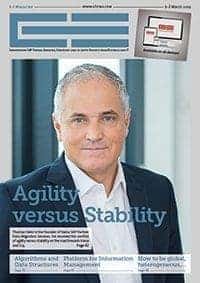
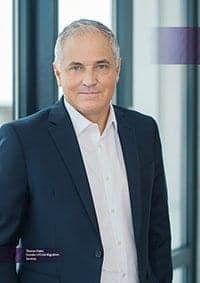
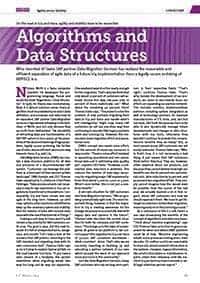
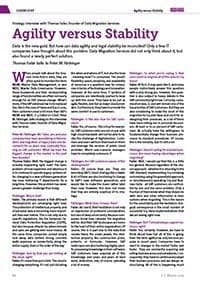
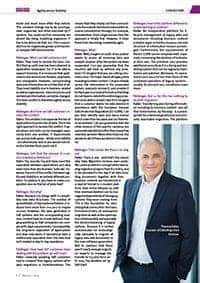
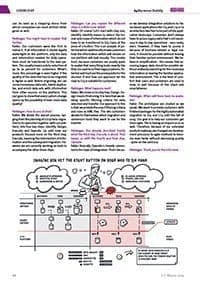
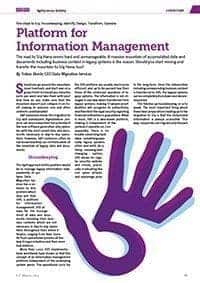
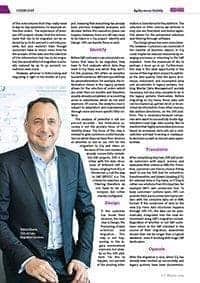


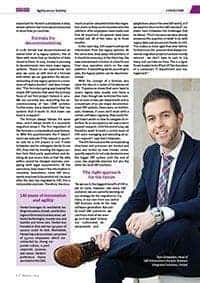


Add Comment